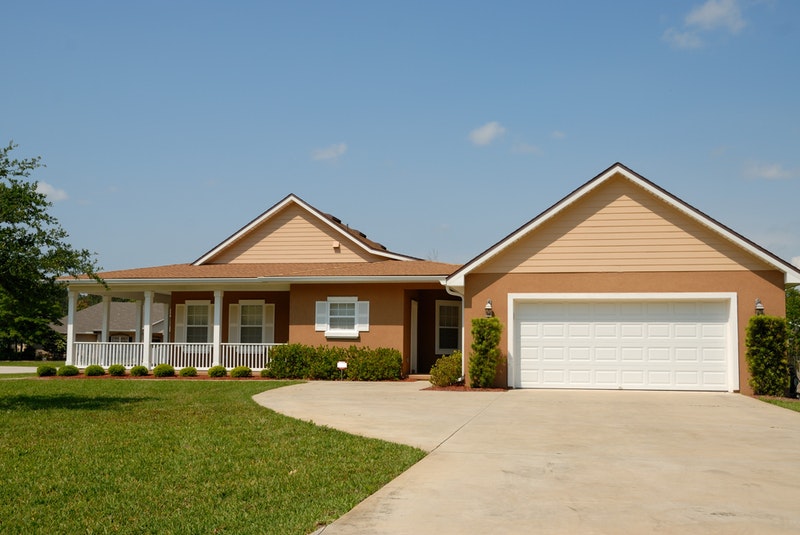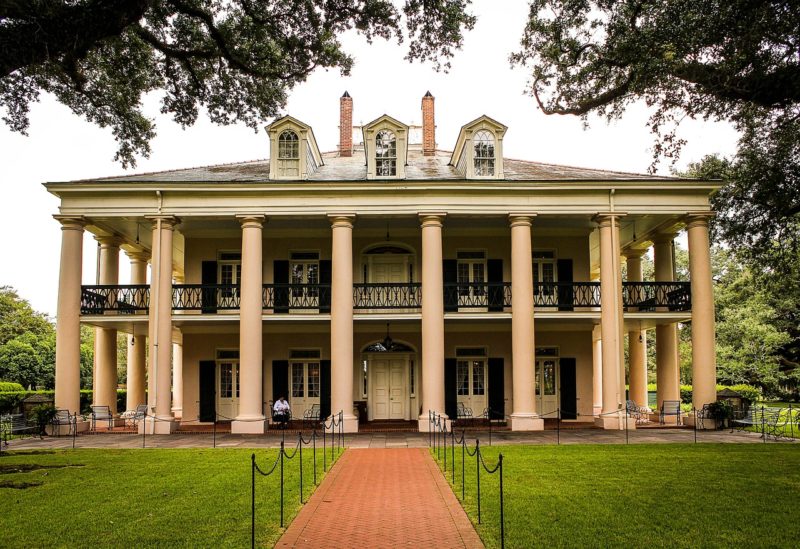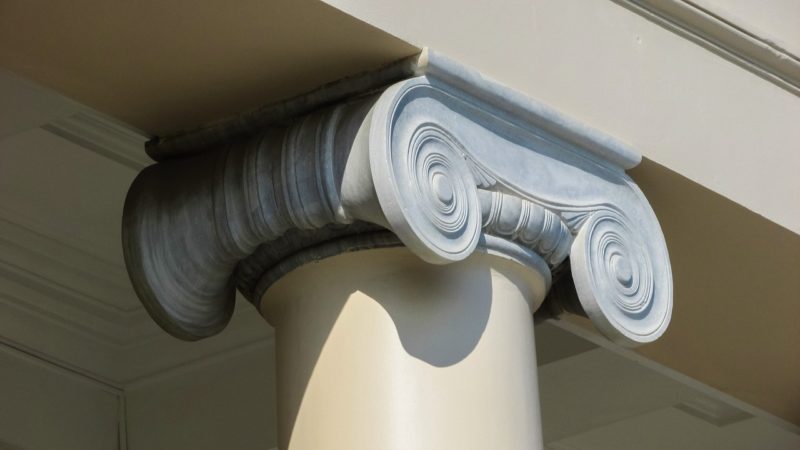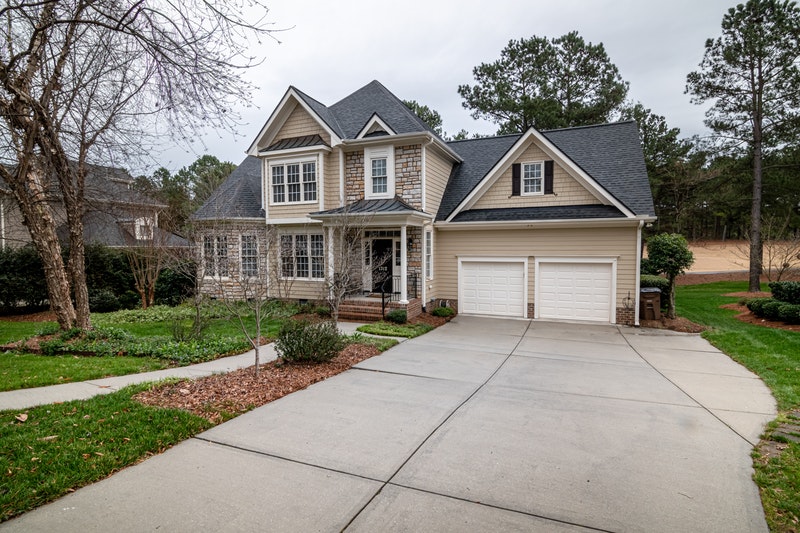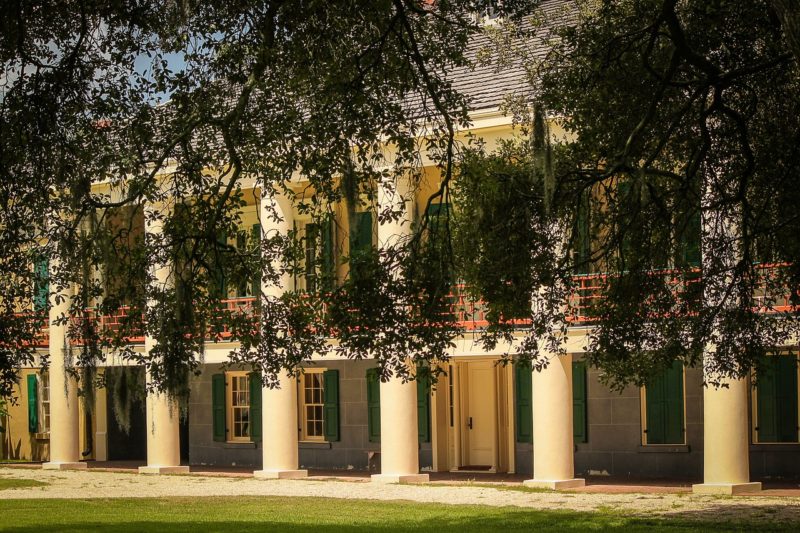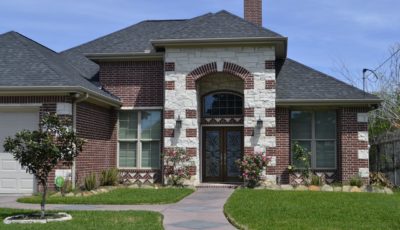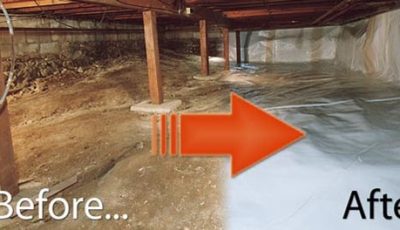Tips for Renovating a Greek Revival Home
So, you are in the process of buying a Greek Revival house. You are surely wondering what might be the best approach to remodel it according to its architectural features. And you are not alone. Given it is one of the most popular house styles in America, many homeowners who appreciate this style’s aesthetic are eager to preserve its architectural integrity. For this reason, this article will point out what you should pay attention to when renovating a Greek Revival home.
What is a Greek Revival home?
The construction of Greek Revival homes started at the beginning of the 19th century and lasted until the Civil war. At the time, the primary motivation for establishing this architectural style was the widespread fascination with ancient Greek culture.
Hence, influential American thinkers of the time saw America and American values as the proliferation of Greek democratic values, Greece being the cradle of democracy in Western civilization. This influenced American architects to observe 5th-century Greek temples as the pinnacle of structure and form.
As a result, Greek Revival architecture strives to implement symmetry as the principal architectural tenet. This has given rise to their imposing structures characterized by white columns and gabled rooftops. However, although these two features count as the most distinctive of the Greek Revival movement, there is much more to this architectural style that needs to be observed when renovating a Greek Revival home.
Focus on the exterior when renovating a Greek Revival home
In modern times, remodeling a Greek Revival home to retain its original awe-inspiring form should be focused on the exterior. Hence, you are at liberty to create a truly unique bedroom that will suit your taste in line with the classical characteristics proscribed by this architectural style.
However, the features of the interior should not compromise the integrity of the exterior. So, even though you may have a penchant for neon lights or bright colors, they will look out of place in a Greek Revival home.
Also, some homeowners have too many exterior decorative elements that do not fit into the architectural style. If you have the same problem, you may consider renting on-site storage from storage companies such as Zippy Shell Louisiana. This will allow you to store away all of your belongings that do not complement the simplicity of the Greek Revival style.
Pay attention to features that constitute a Greek Revival home
There are a number of exterior features you can rely on to maintain the spirit of a Greek Revival home. Let’s take a look at what they are.
Restoring columns and pediments
As mentioned, pillars, pilasters, and columns are the hallmarks of Greek Revival homes. This makes them the most eye-catching elements of the style. However, they also have an essential functional role since they carry the home’s entire structure load.
Hence, the importance of column preservation cannot be stressed enough. This is why it makes sense to primarily focus your efforts on restoring the elements of the facade.
Use white paint to evoke the eternal charm of the white marble reminiscent of Grecian temples such as the Parthenon. The surrounding walls should also be white, but here you might consider introducing a stucco siding. All in all, the columns are the main elements that maintain both the aesthetic and functional integrity of your Greek Revival home, so they should be the focus of your restoration efforts.
What about the pediment? The pediment is the triangular part of the structure under the roof slope. You do not have to insist on retaining this feature if the columns are adequately restored. However, they do have a practical purpose as they protect the doors and windows from the elements.
Choose between a gabled or hipped roof
Interestingly, gabled roofs are one of the most widespread roof styles in contemporary American residential architecture. Their popularity stems from their practicality, as the slanted angle helps rain and snow slide off the structure easily.
Many Greek Revival homes have flat roofs, but gabled roofs are overall more practical. This means you can keep this roof shape for practical reasons and still stay within the principles of the Greek Revival!
A hipped roof is also a common feature of Greek Revival architecture. So, if you want to mix things up a bit, this is an equally acceptable alternative to the gabled roof.
In case you decide to venture into any elaborate renovating project such as this one, be sure to execute it in phases. This will allow you to fix or change the roof structure without having to move out all of your belongings during construction. To achieve this, it might be a good idea to consider on site storage. On site storage has numerous benefits that allow you to put away the furniture and other things safely so that they do not get damaged during the process.
Restore the transom windows and sidelights
They say that the eyes are the windows to the soul. In Greek Revival architecture, the windows and front doors are the windows to the soul of the home. So, the transom windows and sidelights surrounding the doors are a crucial part of the identity of the structure.
Transom windows are positioned above the entrance and are typically in the form of a distinctive vitrage. The exterior of Greek Revival homes strives toward monolithic monumentality, or in other words, impactful simplicity. This makes transom windows essential features because they are usually the only elements that are colored.
The sidelights, or the vertical windows framing the doors, usually match the design of the transom window. Together, transom windows and sidelights add depth and aesthetic appeal to the structure. This makes their restoration a vital aspect of renovating a Greek Revival home.

